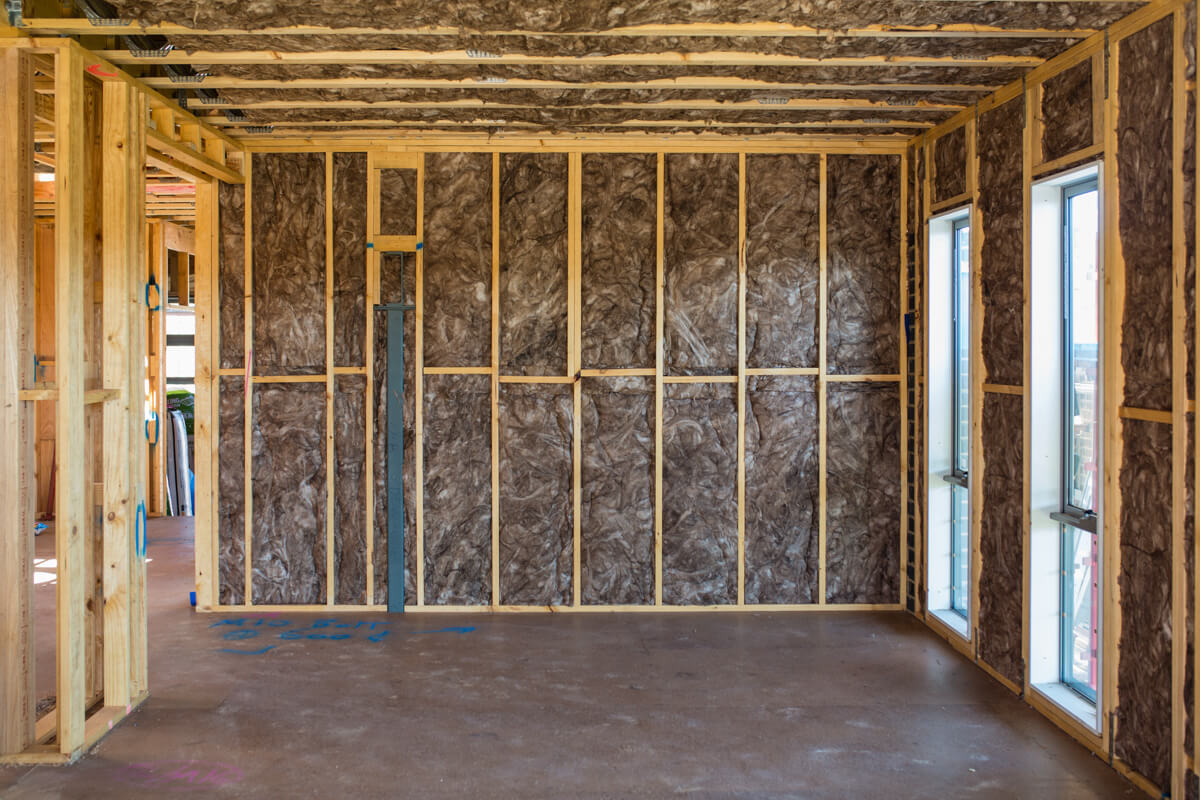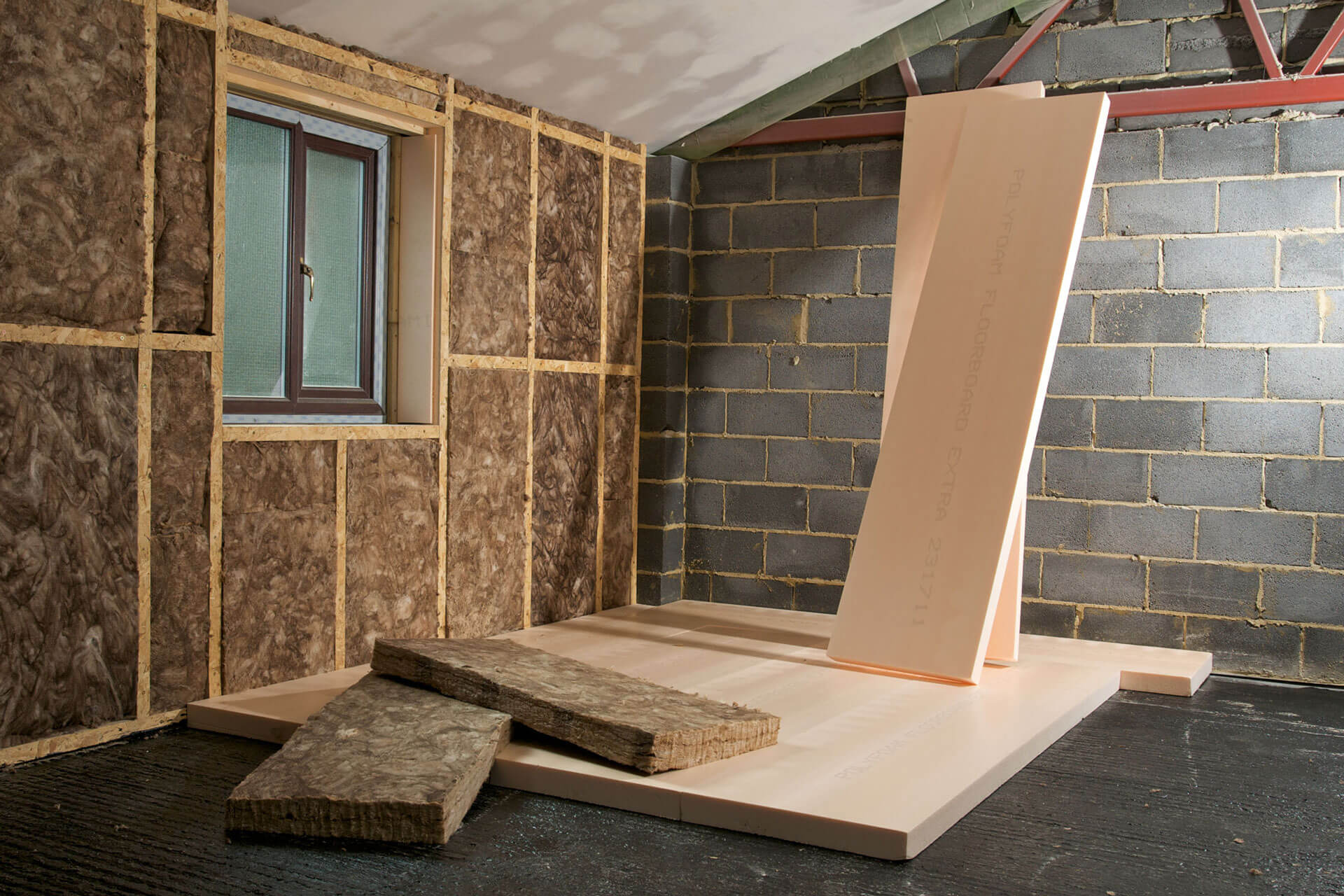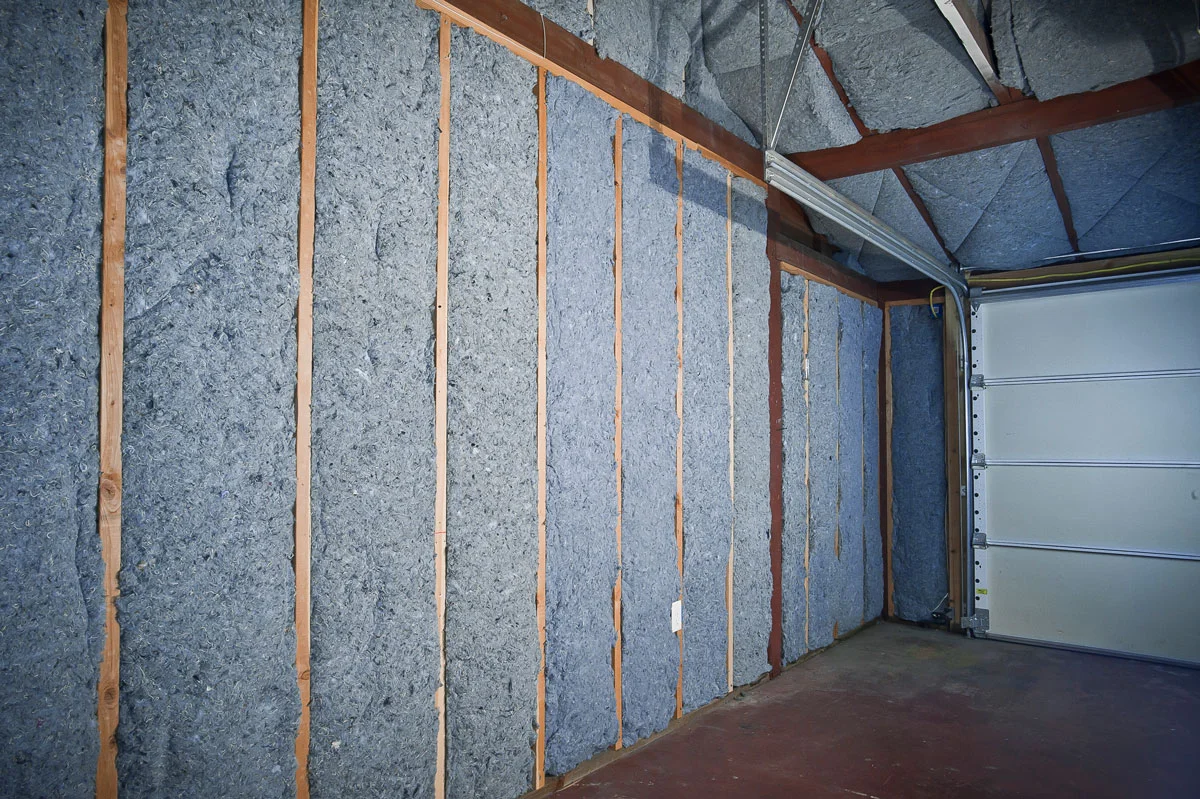Utilizing Sound Attenuation Insulation for Noise Reduction in Commercial and Residential Walls
One of the most effective ways to control this issue is professional sound attenuation insulation.

Noise management is an often-overlooked part of building design, yet it directly impacts comfort, productivity, and privacy. Whether in a home, office, or mixed-use building, unwanted sound can travel through walls, floors, and ceilings, disrupting daily life. One of the most effective ways to control this issue is professional sound attenuation insulation. This specialized insulation material improves acoustic performance by absorbing and dampening sound waves within wall cavities. For property owners, it is a practical investment in both comfort and functionality.
Why Sound Attenuation Insulation Improves Living and Working Spaces
Sound attenuation insulation enhances wall assemblies by controlling airborne noise. It is particularly effective in separating living units, offices, classrooms, and healthcare spaces where sound privacy is essential. For residential environments, it creates quieter bedrooms, home offices, and entertainment areas. In commercial spaces, it reduces distractions and supports confidentiality.
Key functions of sound-absorbing insulation
- Reduces transmission of voices, televisions, and appliances
- Improves acoustic privacy between units or offices
- Supports building code compliance for multi-family and commercial projects
- Enhances comfort in high-traffic or noisy environments
How Sound Travels Through Walls
To understand the role of sound attenuation insulation, it helps to examine how sound moves through building assemblies.
Airborne noise
Airborne noise, such as talking, music, or traffic, travels through open air and penetrates walls via vibrations. Without insulation, it easily passes between rooms.
Structure-borne noise
Vibrations from footsteps, mechanical systems, or construction impact materials directly. While insulation helps, this type of noise also requires resilient wall assemblies or decoupling strategies.
Weak points in wall assemblies
Even insulated walls may have weaknesses around outlets, door frames, or unsealed gaps. A professional installation ensures consistent coverage and better acoustic performance.
Types of Sound Attenuation Insulation Materials
Different insulation materials can be used for noise reduction. Each has specific advantages depending on project goals, budget, and building requirements.
Fiberglass acoustic batts
These are one of the most common sound insulation options. Fiberglass batts fit easily between studs and absorb mid-to-high frequency noise effectively.
Mineral wool insulation
Mineral wool is denser than fiberglass, providing higher sound absorption and better fire resistance. It is often used in commercial settings or high-performance applications.
Spray foam insulation
Although primarily used for thermal and air sealing, closed-cell spray foam provides some sound reduction. It is less effective than fiberglass or mineral wool for acoustics but adds structural and moisture control benefits.
Specialized acoustic boards
Rigid acoustic panels or sound-dampening boards can be added to wall assemblies in combination with cavity insulation for enhanced performance.
Comparing Sound Attenuation Options for Walls
The effectiveness of different materials depends on density, installation, and intended use. The table below summarizes their performance.
| Material Type | Noise Absorption | Thermal Benefit | Fire Resistance | Cost Level | Best Use Case |
|---|---|---|---|---|---|
| Fiberglass Batts | Moderate | Good | Moderate | Lower | Residential walls, interior partitions |
| Mineral Wool | High | Good | High | Moderate | Commercial buildings, multifamily units |
| Spray Foam | Low–Moderate | Excellent | Moderate | Higher | Hybrid applications needing air seal |
| Acoustic Boards | High (with batts) | Limited | Variable | Higher | Specialty rooms, studios, offices |
Role of Sound Attenuation in Commercial Buildings

Commercial properties face unique challenges when it comes to noise. Offices, schools, and healthcare facilities require acoustic control to support concentration, confidentiality, and patient care.
Offices and meeting spaces
Insulated walls reduce sound transfer between workspaces, improving privacy and productivity. This is particularly valuable in open-plan offices with shared conference rooms.
Healthcare environments
Sound control in hospitals and clinics reduces stress for patients and protects confidential conversations between staff and patients.
Multi-family and mixed-use buildings
In apartments, condominiums, and hotels, acoustic insulation ensures compliance with building codes and improves tenant satisfaction.
Role of Sound Attenuation in Residential Properties
Noise reduction in homes is equally important, especially in modern layouts with open spaces, shared walls, or home offices.
Bedrooms and living rooms
Insulated walls reduce disturbances from outside traffic or adjacent rooms, supporting better sleep and relaxation.
Home offices
With remote work on the rise, reducing background noise improves focus and makes virtual meetings clearer.
Media rooms and entertainment areas
Sound attenuation prevents noise leakage from home theaters or music rooms, creating a better experience for occupants and neighbors.
Key Considerations When Installing Sound Attenuation Insulation
Installing acoustic insulation requires planning for both performance and practicality.
Wall assembly design
The effectiveness of insulation depends on how the wall is built. Double-stud walls, staggered stud layouts, and resilient channels all improve acoustic performance when combined with insulation.
Material density and thickness
Denser materials such as mineral wool provide better noise control than lighter options. Proper thickness ensures full cavity coverage.
Professional installation
Gaps, compression, or misalignment reduce insulation effectiveness. A professional installer ensures consistent coverage and higher sound ratings.

Conclusion
Sound attenuation insulation is an effective solution for controlling noise in both residential and commercial walls. By absorbing sound waves within wall cavities, materials like fiberglass and mineral wool improve comfort, privacy, and code compliance. Commercial buildings benefit from quieter offices, classrooms, and healthcare spaces, while residential properties gain peaceful bedrooms, functional home offices, and entertainment areas.
Property owners who prioritize acoustic comfort can enhance building usability, increase tenant satisfaction, and support long-term property value. Selecting the right insulation installation contractor are key steps toward achieving these benefits.
FAQs
Which insulation material provides the best sound control?
Mineral wool insulation generally outperforms fiberglass for sound absorption due to its higher density. It is often chosen for commercial or multifamily buildings where strong acoustic separation is required.
Can spray foam insulation reduce noise effectively?
Spray foam offers some sound reduction, but it is more effective for air sealing and thermal insulation. For higher acoustic performance, it is best combined with fiberglass or mineral wool.
Does adding insulation to existing walls reduce noise?
Yes, retrofitting insulation can improve sound control, but effectiveness depends on wall design. In some cases, additional methods like resilient channels or acoustic panels may be recommended.
How do building codes address sound insulation?
Codes often require minimum Sound Transmission Class (STC) ratings for multi-family and commercial properties. Using sound attenuation insulation helps meet these requirements.
Is sound attenuation insulation different from thermal insulation?
Yes. While both materials may look similar, sound attenuation insulation is specifically designed for acoustic absorption, though it may also provide thermal benefits.
Author: Bob Gasca attended his first spray foam training in 2007 and has continued to pursue yearly training to stay current with the latest technology and practices. He is a certified Spray Foam Master Installer through the SPFA and a member of the SPFA. Additionally, Bob serves as a Spray Foam Worldwide Ambassador, sharing information with spray foam professionals globally. Recently, he returned from a building science training, where he expanded his knowledge on how weather conditions affect home performance, helping him better diagnose and improve home health for families. Bob specializes in finding solutions to complex moisture and air infiltration issues.
Reviewer: Noah Gonzalez reviewed this article and drew on 9 years of experience to offer suggestions that make the guidance more directly useful for insulation contractors.